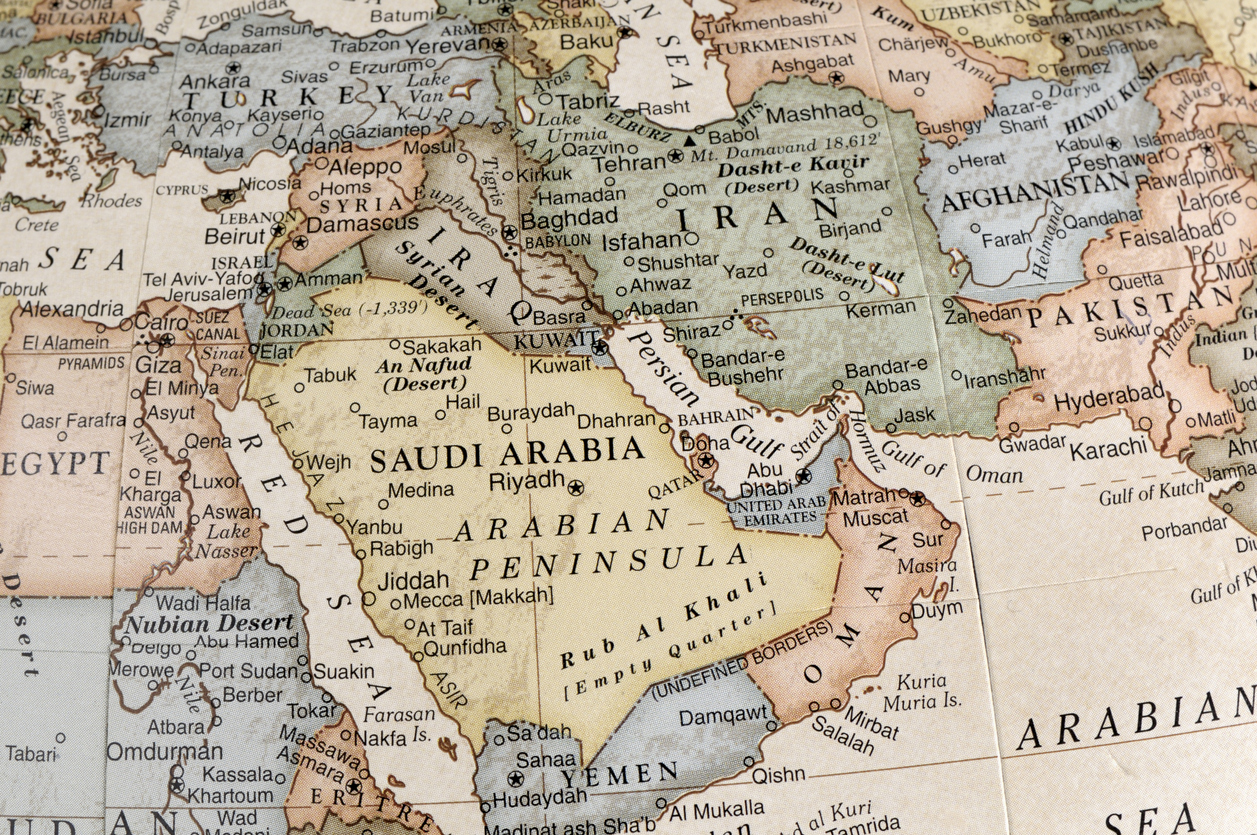
Iran Ban Plan
Falling temperatures in the Northern Hemisphere have not cooled tensions between the United States of America and the Islamic Republic of Iran. As of November 5th, all Treasury Department sanctions previously suspended by the Joint Comprehensive Plan of Action (“JCPOA”), a multi-lateral accord on Iranian nuclear proliferation established in July 2015, have been fully re-imposed following the expiration of a 180-day “wind down” period triggered by the United States’ withdrawal from the JCPOA on May 8th. Large swaths of the Iranian economy, including its financial sector, will be affected by what the Treasury Department calls “a campaign of maximum financial pressure on the Iranian regime.” The Office of Foreign Assets Control (“OFAC”), Treasury’s sanctions enforcement arm, intends to rigorously enforce the revived sanctions as they come back into effect.
Primary versus Secondary
For decades the United States government has barred U.S. persons and entities from transacting with the Iranian government and financial institutions with rare exceptions. Known as primary sanctions, these programs directly prohibit all financial transactions taking place in or passing through the United States. Secondary sanctions, on the other hand, target foreign individuals and entities that are willing to engage Iran by likewise denying them legal access to the U.S. economy and financial system.
Over the last quarter century, the United States has utilized secondary sanctions to thwart Iranian attempts at circumventing primary sanctions by moving operations to non-U.S. countries. Because other economic powers, notably the European Union (“EU”), did not impose similar secondary sanctions, international business entities were forced to navigate incongruous laws and regulations with regards to Iran. The United States, the European Union, and others worked to standardize their sanctions against Iran in the years immediately preceding the JCPOA as part of a concerted effort to combat Iranian defiance of United Nations (“UN”) anti-nuclear proliferation resolutions. Whatever uniformity existed among nations vis-à-vis Iran sanctions ended on January 16, 2016, the day the JCPOA went into effect. The parties to the JCPOA agreed to remove, suspend, or phase out most restrictions on Iran, except the United States, which reinstated its primary sanctions practically untouched.
Under the JCPOA, the United States did agree to lift its Iran-related secondary sanctions against foreign individuals and entities. However, this had limited practical effect as the preeminence of the United States in the world economy gave the primary sanctions an outsized reach. Foreign individuals and entities doing business with Iran still had to go to great lengths to steer clear of the U.S. financial system. OFAC still prohibited the U.S. dollar clearing of any Iran-related transactions, a major hindrance to the Iranian oil industry as oil is traded primarily in U.S. dollars. Also, the removal of federal secondary sanctions did little to influence the dozens of U.S. states that in some form also restrict state and local governments from entering into business with persons or entities that maintain business relationships with Iran.
Benignly Unaligned
In contrast to the United States, all other parties to the JCPOA (Iran, China, Russia, France, Germany, the United Kingdom, and the EU) have announced their intention to continue the agreement without U.S. participation which is the crux of the conundrum for foreign individuals and entities attempting to conduct business with Iran and still avail themselves of the U.S financial system. The reintroduction of secondary sanctions by the U.S. government has simplified compliance decisions faced by foreign individuals, businesses, and financial institutions. Correctly forecasting that any détente between the U.S. and Iran would not last, many U.S. financial institutions have long foregone any direct or indirect contact with Iran as a matter of internal policy regardless if the activity is covered by a license or exemption. This has remained true before, during, and after U.S. participation in the JCPOA. In the final cost-benefit analysis, any direct or indirect contact with Iran, whether legal or illegal, presented a due diligence burden that proved too high and too costly for many financial institutions.
Iran has spent most of the last 40 years under U.S., EU, or UN sanctions. The sanctions reintroduced by the United States’ withdrawal from the JCPOA has made Iran as radioactive as anything it might have spinning in a centrifuge. U.S. sanctions targeting key sectors of the Russian economy have demonstrated the United States’ ability to influence the global economy through primary and secondary sanctions. Foreign governments and financial institutions face the difficult choice of continuing to conduct business with Iran or finding themselves isolated from the U.S. economy and financial system. Many foreign financial institutions will likely follow the example of their U.S. counterparts and refrain from all direct and indirect dealings with Iran. This will accelerate the deterioration of the Iranian economy and leave any foreign investors left in Iran stuck between Iraq and a hard place.
SOURCES:
Cynthia Nowacki-Weaver, OFAC Officer, KeyBank, Larry Gordon, OFAC Director, Huntington National Bank, and Elizabeth Moreno, OFAC Officer, Fifth Third Bank, Panel Discussion on OFAC Sanctions (Nov. 8, 2018).
Fin. Crimes Enforcement Network, Advisory on the Iranian Regime’s Illicit and Malign Activities and Attempts to Exploit the Financial System (2018), available at https://www.fincen.gov/sites/default/files/advisory/2018-10-11/Iran%20Advisory%20FINAL%20508.pdf.
Iran Sanctions: What’s Old Is New Again, A.B.A. (June 29, 2017), https://www.americanbar.org/groups/business_law/publications/blt/2016/08/04_lee/.
U.S. Dep’t of the Treas., Iran Sanctions (Nov. 5, 2018, 10:26 AM), https://www.treasury.gov/resource-center/sanctions/Programs/Pages/iran.aspx.

